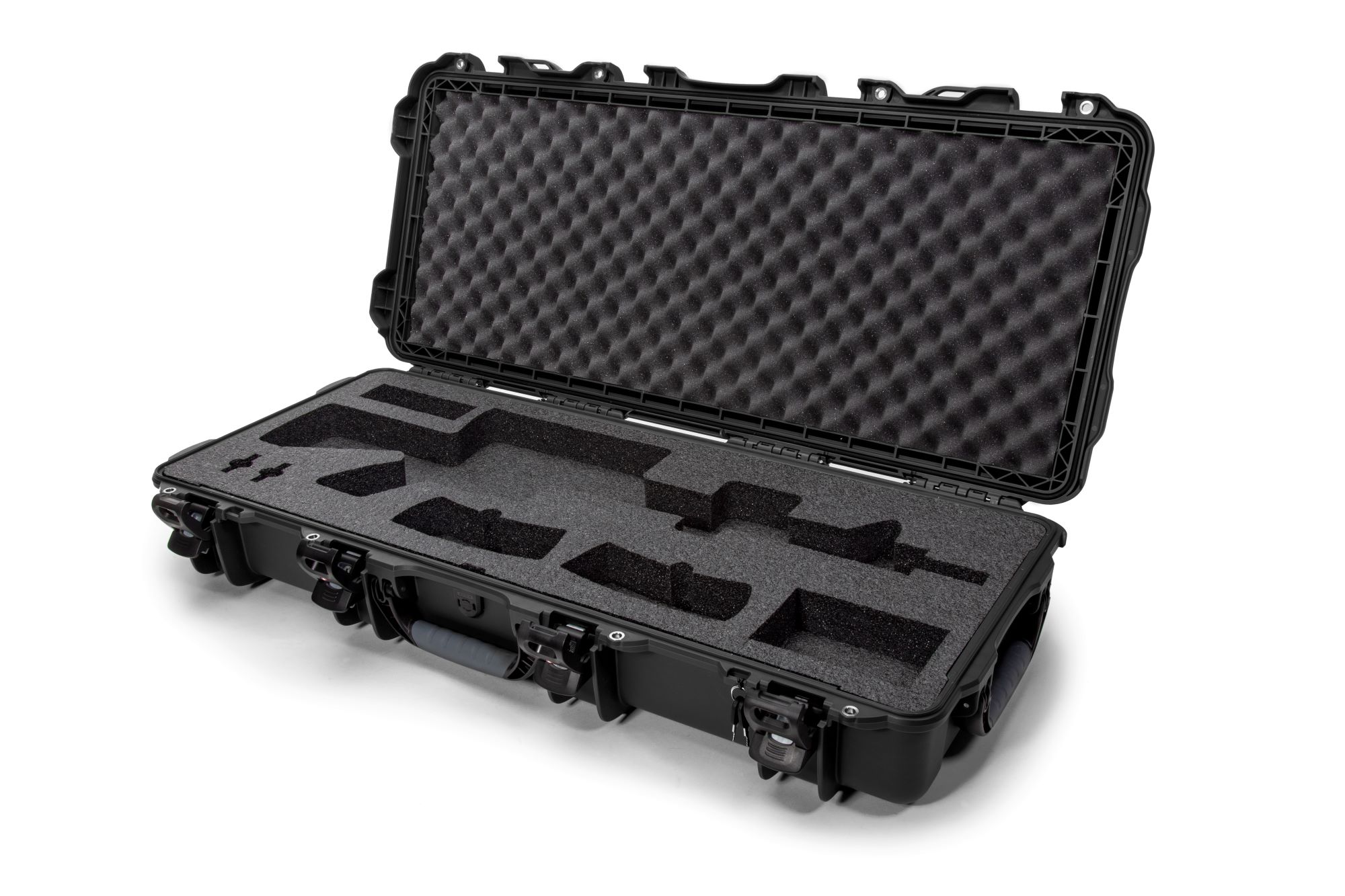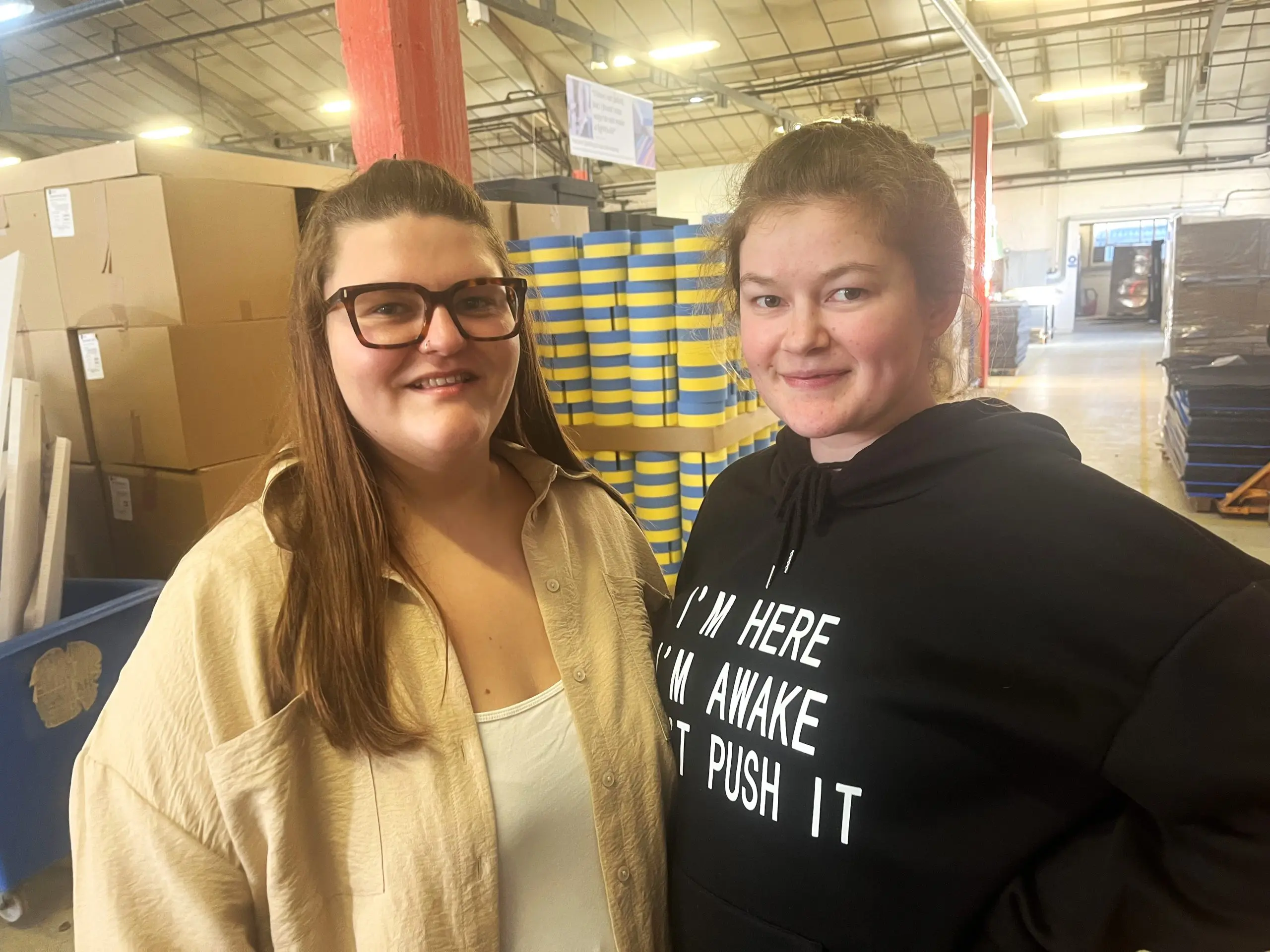
18th March 2025
Kewell Converters and the defence sector: Developing custom military foam solutions
Read more >

Finding the right foam can be crucial for any project – and foam density tends to be a key element. The density of a foam relates to how heavy it is and how much weight it can support, which is vital information to have. High density foam gets a lot of usage today and could be the ideal solution to your challenges, which is why it’s so vital to have all the right information about its properties and how it can be used.
The first key bit of information is to understand why we measure density and what that means for the application of the foam. Density doesn’t relate to how firm the foam will be. In fact, it may be that high density foam actually feels quite soft to the touch. Density is how much weight that foam can support and how heavy the foam is. The density measurement gives an indication of how much weight that foam can support per cubic foot. A high-density foam will have a more tightly packed membrane so that there is more ‘product’ per cubic foot than another type of foam.
It will be vital to any application where there is weight involved. Plus, it’s one of the biggest indicators of quality and durability – high density foam tends to have greater resilience and longevity than other types of foam. Because there is more ‘product’ involved in higher density foam it tends to be more expensive than other types of foam. One of the simplest ways to get a gauge on the density of foam is simply to push down on it with a closed fist. A high-density foam will provide more resistance to this kind of downward pressure than a foam that doesn’t have the same density.
You will often find high density foam in high traffic areas because it has such superior levels of durability. Typically, high density foam is found in the lower layers of a mattress, as well as domestic seating (e.g., armchairs and sofas), camp beds and kneeling pads.
High density foam gets plenty of usage, especially in high traffic areas where durability is going to be key. This type of foam is supportive and has great longevity, as well as key properties such as minimal give and low motion transfer, which make it ideal for upholstery.

18th March 2025
Read more >

17th March 2025
Read more >

6th March 2025
Read more >